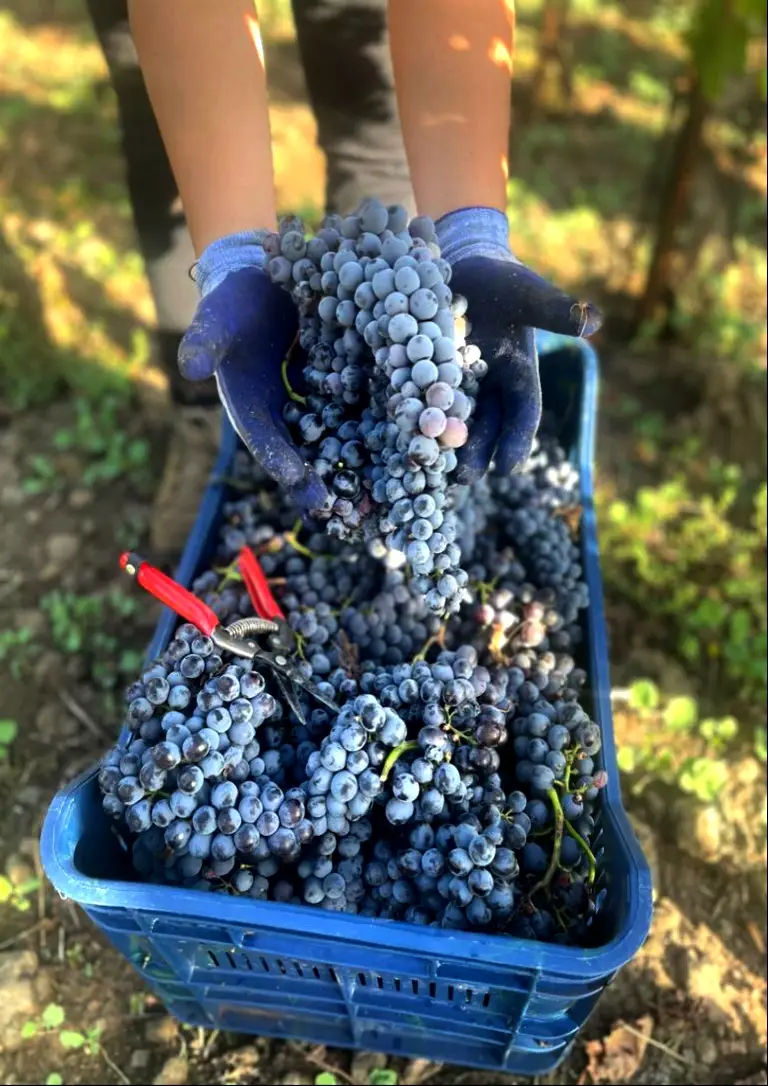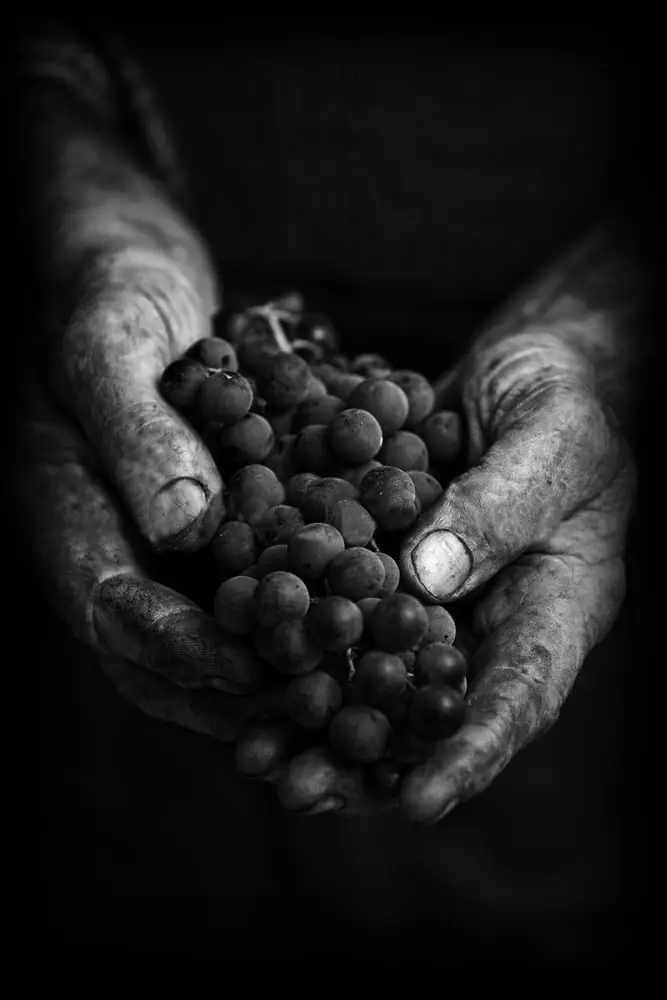The grape harvest is one of the most crucial moments in the wine production cycle. Traditionally, the gathering of grapes has always been a practice carried out by hand by farmers who patiently and carefully selected and harvested the best clusters. Although technological advancements have introduced machines that automate the harvesting process, humans continue to play an irreplaceable role in this viticultural phase.
For the entire staff at Massimo Lentsch Winery, this phase is exceedingly delicate, and we all experience it with a mix of excitement and concern.
One of the primary advantages of manual grape harvesting is the precision in grape selection. Our team can distinguish ripe, healthy, and high-quality grapes from those less suitable for winemaking. Through visual observation and touch, they can assess the condition of the grapes, checking the consistency of the skin, color, and integrity of the clusters. This attention to detail ensures that only the best grapes are collected, guaranteeing better must quality and, consequently, the final wine.
Manual harvesting also allows for greater environmental respect. As you know, sustainability is of utmost importance to us, and hand harvesting further reinforces this commitment. Having chosen the Etna bush training system for all our vineyards mandates extremely careful manual harvesting.
Our expert and attentive team can delicately pick the grapes, preserving the health of the plants and the integrity of the vineyard.
Manual grape harvesting is also a phase that enables the transmission of knowledge and traditions across generations. Our team consists of individuals who have dedicated their lives to viticulture and have learned techniques and secrets for identifying quality grapes and harvesting them correctly from previous generations. This transfer of knowledge is crucial for preserving oenological culture and ensuring that the skills acquired over centuries are not lost.
Lastly, our choice to maintain the Etna bush training system and continue with manual harvesting also significantly impacts the quality of the wine. The attention and care with which grapes are manually selected and harvested translate into superior quality must. The ability to discard damaged or immature grapes results in a more consistent and high-quality end product. Furthermore, our team can adapt grape harvesting based on weather conditions, picking the clusters that are optimal at the moment to achieve a balance between sugars, acidity, and aromas.
Man continues to play a fundamental role in grape harvesting. Precision in grape selection, environmental respect, knowledge and tradition transmission, and the impact on wine quality are just some of the reasons that make humans indispensable in this viticultural phase. Manual grape harvesting is not merely a work activity; it is a true art that contributes to the creation of wines of excellence.


